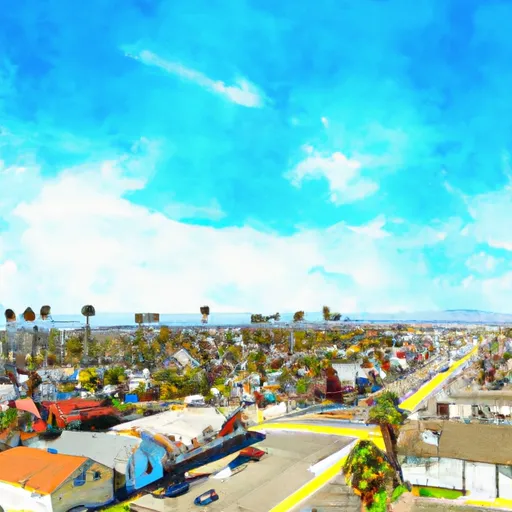°F
°F
mph
Windspeed
%
Humidity











Oceanside, California is a coastal city located in San Diego County. Known for its pleasant Mediterranean climate, Oceanside experiences mild, dry summers and moderate, wet winters. With average temperatures ranging from 65°F (18°C) in winter to 75°F (24°C) in summer, it offers a comfortable environment year-round.
Being situated on the Pacific Ocean, Oceanside benefits from an abundant supply of marine hydrology constituents. The city's coastal waters are home to diverse marine life, making it an ideal spot for fishing, surfing, and boating. Visitors can enjoy exploring the Oceanside Pier, taking part in water sports, or simply relaxing on the sandy beaches.
Moreover, Oceanside's outdoor recreation opportunities extend beyond the coastline. The city boasts an array of parks, hiking trails, and golf courses, providing nature enthusiasts ample opportunities for hiking, biking, and bird-watching. With its inviting climate, stunning ocean views, and diverse outdoor activities, Oceanside offers a perfect destination for both residents and tourists alike.
Weather Forecast
Oceanside receives approximately 302mm of rain per year, with humidity levels near 74% and air temperatures averaging around 17°C. Oceanside has a plant hardyness factor of 10, meaning plants and agriculture in this region tend to thrive here all year round.
Nearby Camping
| Camping Area | Reservations | Toilets | Showers |
|---|---|---|---|
| South Carlsbad State Beach | |||
| Lake ONeill Military | |||
| Ortega Flats - Caspers Wilderness Co Park | |||
| San Onofre Beach Military | |||
| San Elijo State Beach | |||
| Upper San Juan |



